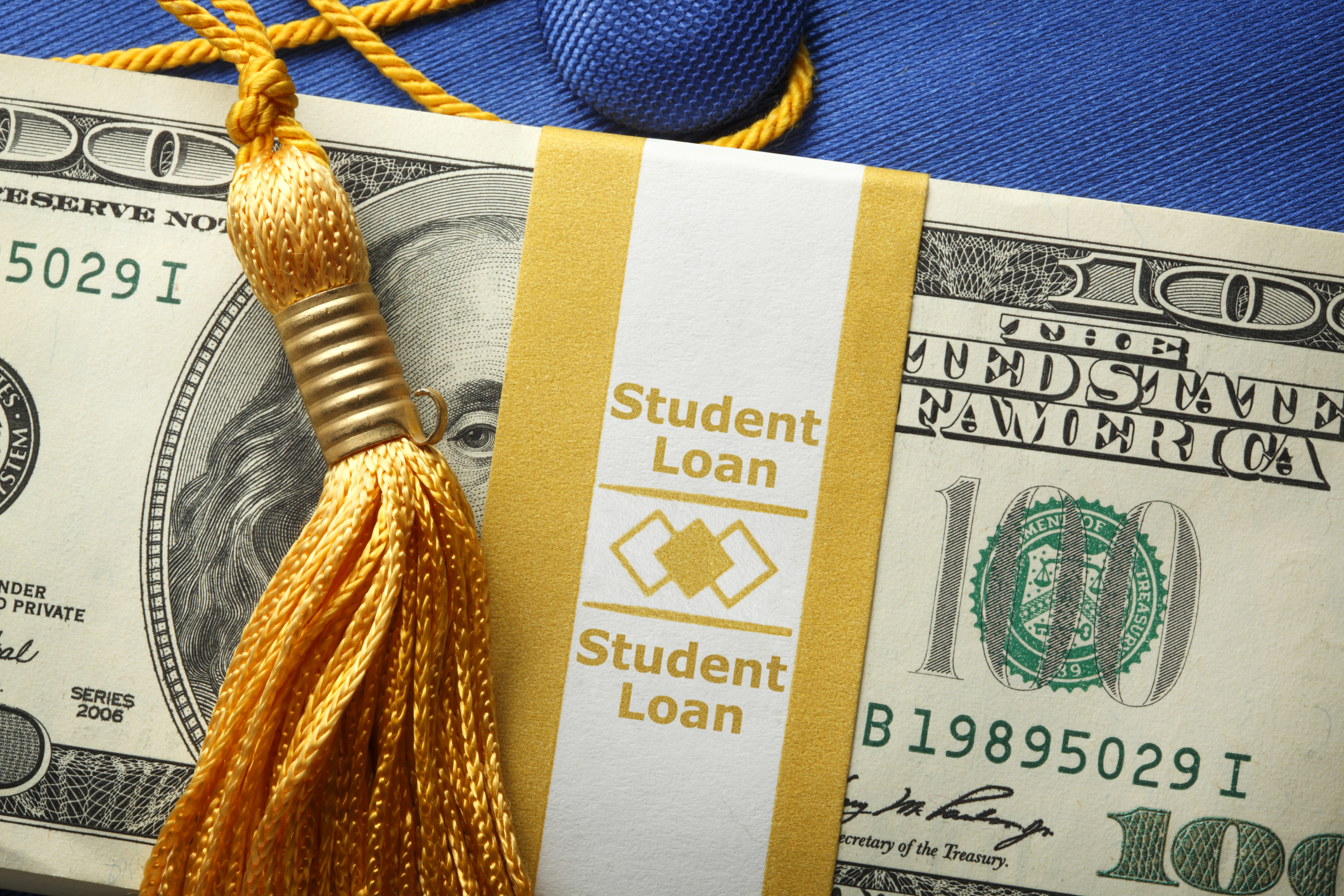The Payment Predicament


According to Nerd Wallet and EducationData.org, the total student loan debt in the United States is about $1.67 trillion, and 2018 college grads with student loans owe an average of $29,200. With such significant numbers at stake, there’s no doubt that those who have federal student loan debt have been paying close attention to the legislation related to debt payments over the last year.
Initially, when the $2 trillion CARES Act was passed in March 2020, all federal student loan payments were suspended through September 30, 2020. During this time, no interest accrued on the loans, but the months did continue to count towards time-based forgiveness programs.
This suspension of payments and reduction of interest to 0% has since been extended six times, with Biden’s latest executive order extending the suspension through September 30, 2022.
There have also been talks happening in Washington, D.C. about potential federal student loan forgiveness. The experts are saying that it is possible that $10,000 of federal student loan debt could be forgiven.
So, what should you (or those you know who fit into this category) do if you have federal student loans? What if your loans are less than $10,000?
As is always the case with financial planning, the real answer is it depends on your specific situation. That being said, if your federal student loans are larger than $10,000 (and especially if they’re much larger than $10,000), it likely makes sense to continue making your payments to the extent it is possible for you to do so (as every payment will further reduce the principal balance on which the interest applies when interest rates are back above 0%). However, if you have other high interest rate debt like credit cards or personal loans, it could make sense to shift the amount you’re used to paying on your student loans to those debt balances with higher interest rates until September 30, 2021.
If you have $10,000 or less in federal student loans, it probably makes sense to stop making any voluntary payments (if you still are). But, it doesn’t make sense to start spending that amount on lifestyle expenses! You don’t want to get used to the “raise” in discretionary income and have to go back to making those student loan payments later this year if the loan forgiveness does not come to fruition.
Instead, it would make sense to shift those payments to other debt and savings need. Similar to above, if you have other high interest rate debt, shift the student loan payment amount to that debt to make a bigger dent in the balance. If you don’t have any other debt with high interest rates, you could set that monthly amount aside in savings. This savings could be:
- To continue building your emergency fund;
- To save money for a coming goal (like college savings for kids or grandkids, an engagement ring purchase, down payment on a home, new car fund, vacation fund, or anything else you’re currently saving for);
- To save money to make an annual Roth IRA or IRA contribution (if you qualify with the income limits);
- To be invested in the market and put to work for long-run growth (if your emergency fund is full and other short-term savings buckets are full); or
- To be paid towards your student loan balance if there is no debt forgiveness given.
No matter which path you choose, it’s important to maintain the disciplined behavior associated with the student loan payments. Like mentioned, you don’t want to shift those payments to discretionary or lifestyle spending and get used to that increase just to have to turn around later this year and go back to making those monthly payments (at which time it will feel like a decrease in spending or a squeeze).
If you have questions on how to redirect your federal student loan payments, please contact us and we’ll be happy to dive deeper into the specifics of your Live Big® life.
